


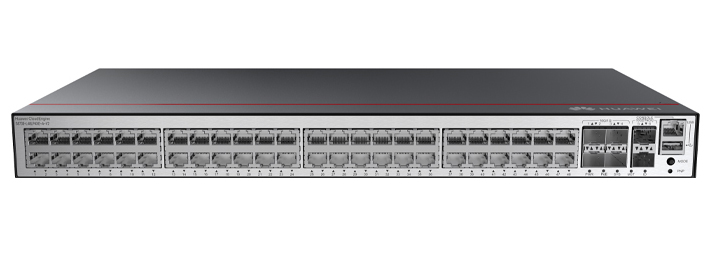
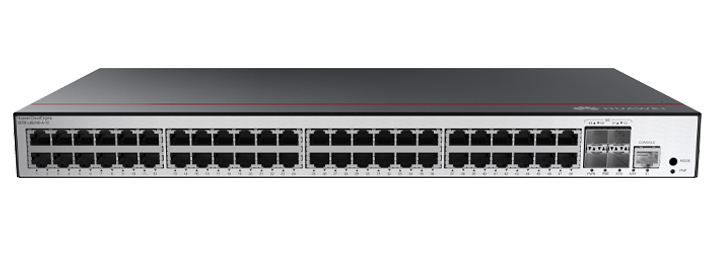
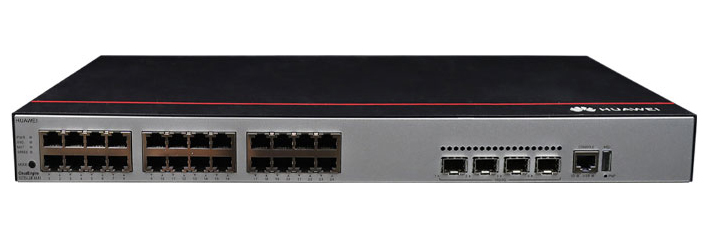
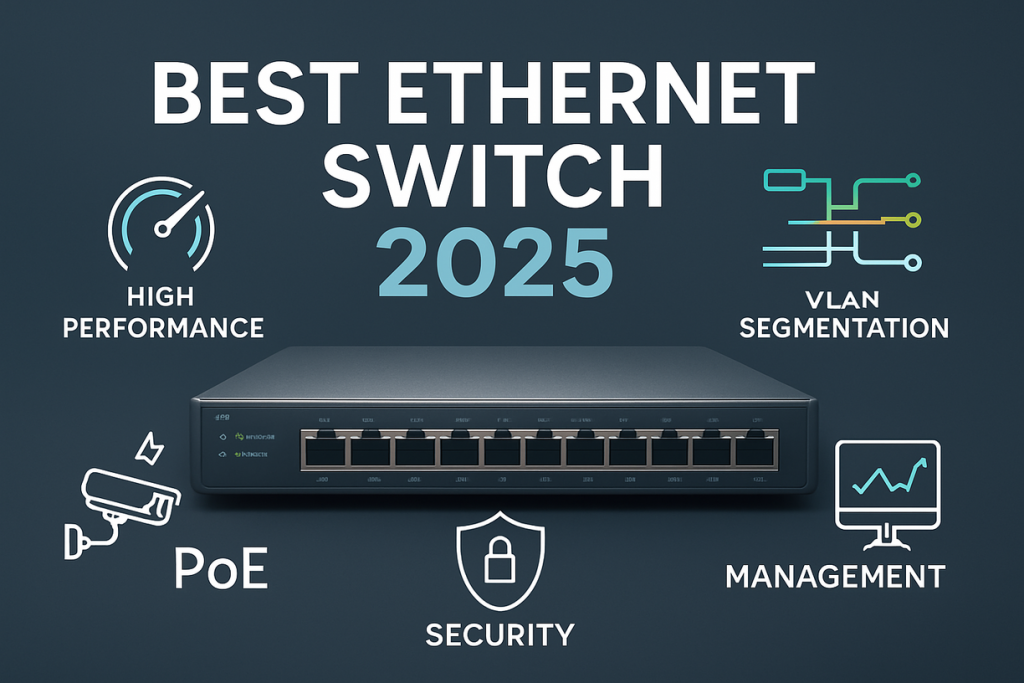

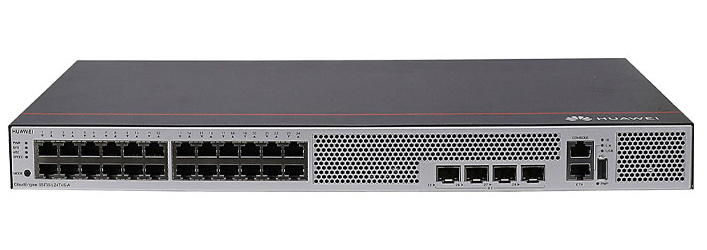
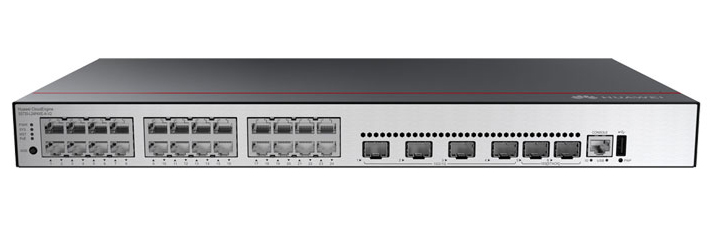
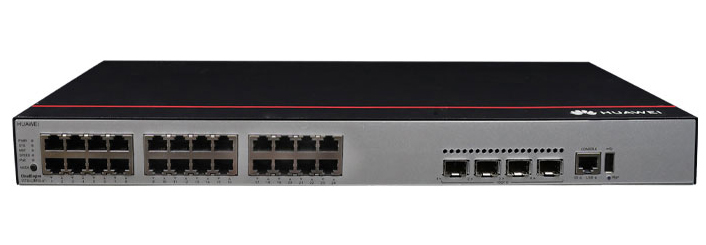

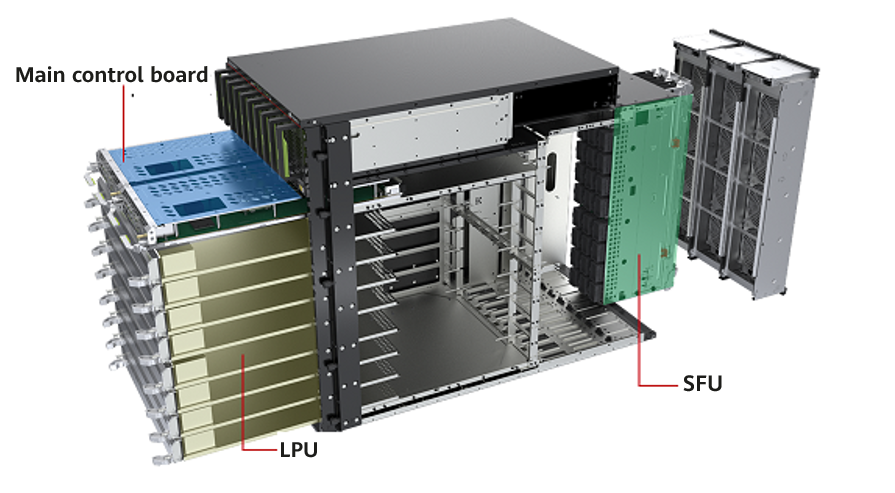

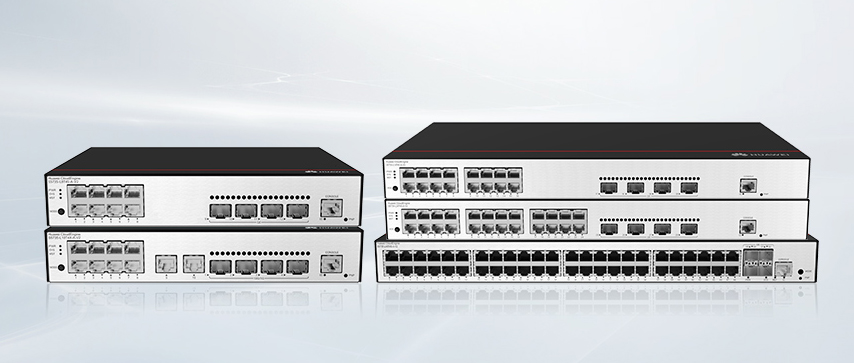
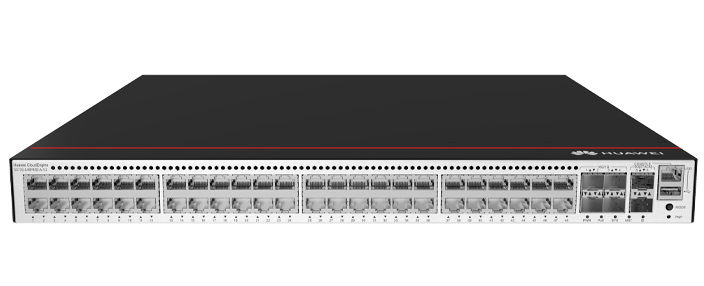
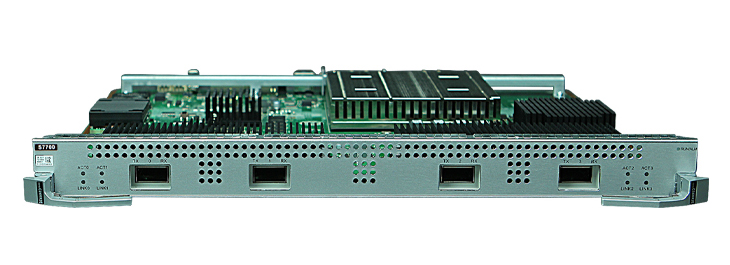

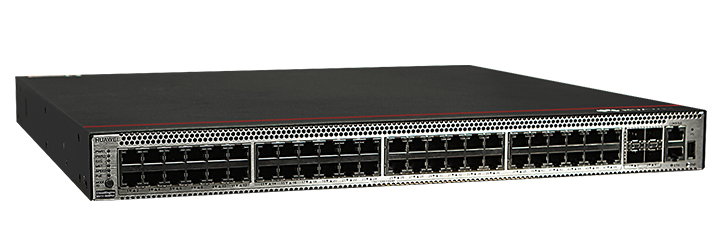
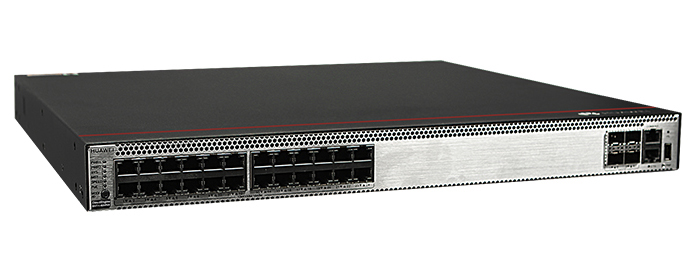
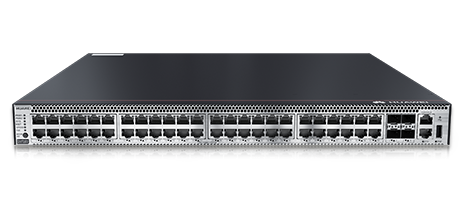

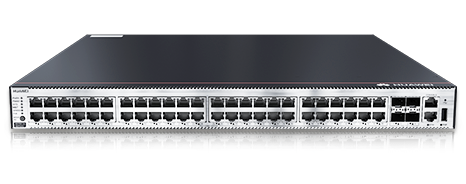
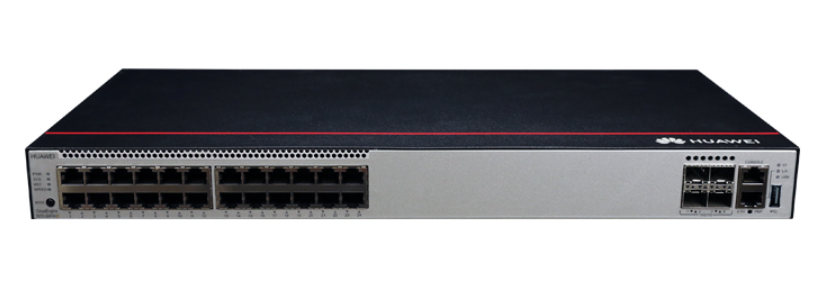
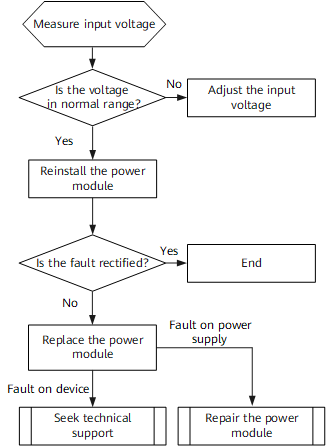


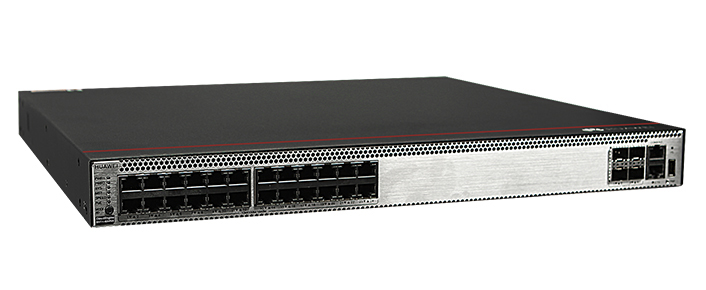
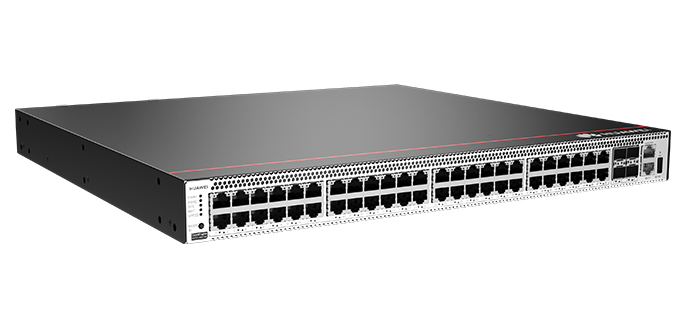
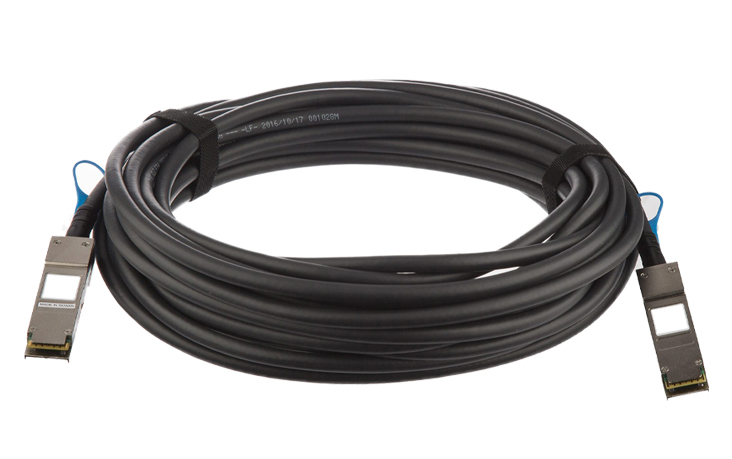
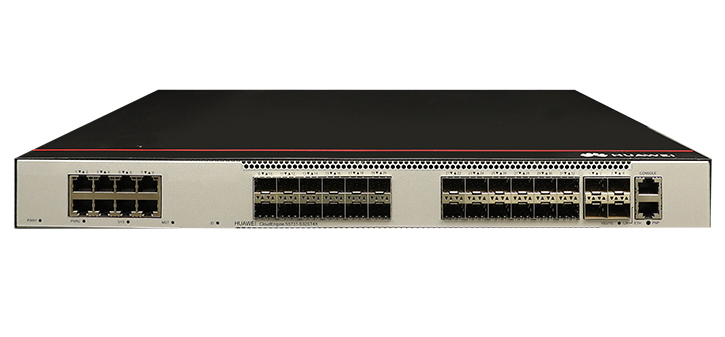
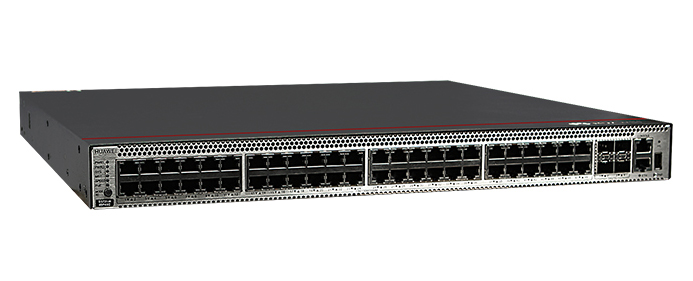
This article explains how to check the base clock speed and computer speed boost clocks on Windows and Mac computers.
The base clock speed is the speed at which your processor will run during normal use.The real speed is normally faster, but this is the guaranteed lowest frequency you'd expect it to operate at.
Checking the CPU's base clock works a little differently between Windows and macOS, but you can do so on both platforms through built-in tools:
These directions apply to Windows 11, 10, 8, and 7. Differences between the platforms are called out in the steps.
TypeMy PCinto the search bar at the bottom of the screen.
In Windows 11, selectAbout your PCfrom the results to open theAboutpage in Settings.
In other versions of Windows, right-click eitherThis PCorMy PC(whichever you see) and choosePropertiesfrom the menu.
Your CPU speed is displayed in the new window that appears.
:max_bytes(150000):strip_icc()/windows-11-processor-information-a26d0801e25f48da91af7df536a126df.png)
The following method works on every version of macOS since its change from OS X, and some versions before then.
Select theApple menuin the top-left corner of the screen.
SelectAbout This Macfrom the drop-down menu.
The CPU speed is displayed next toProcessor.
:max_bytes(150000):strip_icc()/macbook-processor-information-2a3f81eb430d40849684134fb718472e.png)
A third-party program is necessary to see the typical clock speed and maximum clock speed(s) that your CPU can run at.
For Windows, CPU-Z is one of the best options. It's easy to use:
Download CPU-Z and install it as you would any other program.
Open CPU-Zthrough the Start menu or Desktop shortcut.
From theCPUtab, locate theCore Speedfrequency section. That is your current CPU speed. If you run anything remotely intensive, like a web browser or video game, you should see the core speed reach its typical boost frequency.
:max_bytes(150000):strip_icc()/cpu-z-b62f3328fc8b4635a8c508855bf1e8b2.png)
Like Windows, checking the active boost frequency of your CPU on macOS requires a specific tool. We'll use Intel Power Gadget.
Download Intel Power Gadget from MacUpdate, open the installer, and follow the setup directions.
We're using Power Gadget because it's incredibly easy to set up and use, but please know that Intel has discontinued it. Performance Counter Monitor, although harder to set up, is offered as its replacement.
OpenIntel Power Gadgetfrom Spotlight or through theApplicationsfolder.
TheFrequencytable tells you what your active clock speed is. If you open any CPU-intensive app, the frequency should increase to its boost speed.
:max_bytes(150000):strip_icc()/intel-power-gadget-macos-e8c1fdb3aad2433da5eaf381a0ad07f2.png)
Typically, when people talk about CPU speed, they usually mean clock speed-the number of cycles a processor completes per second, measured in gigahertz (GHz). Modern CPUs have a clock speed range from under 2 GHz in budget models to over 9 GHz in overclocked high-end chips.
The CPU speed plays a role in overall system performance, but it's not the only factor to consider. Understanding how fast your processor runs can help you optimize performance, get the most out of your setup, and determine when an upgrade is worth considering.
Many factors influence how quickly a processor handles tasks. Core count and thread support matter for multi-threaded applications, while cache size and CPU architecture also have an impact. Age can be a factor, too, as newer designs tend to be more capable.
No, it fluctuates. Modern processors dynamically adjust their clock speed based on workload, power limits, and temperature.
When extra performance is needed and the conditions allow it, they can temporarily boost to higher speeds. Some CPUs hold onto these boosts longer than others, while some quickly downclock (lower the frequency) to keep temperatures low.
If a processor isn't adequately cooled-whether due to an insufficient cooler or dust buildup-it may run at lower speeds consistently to prevent overheating. It's easy to test your CPU's temperature.
How to Check CPU Usage on a Mac Hot Tags :
Hot Tags :